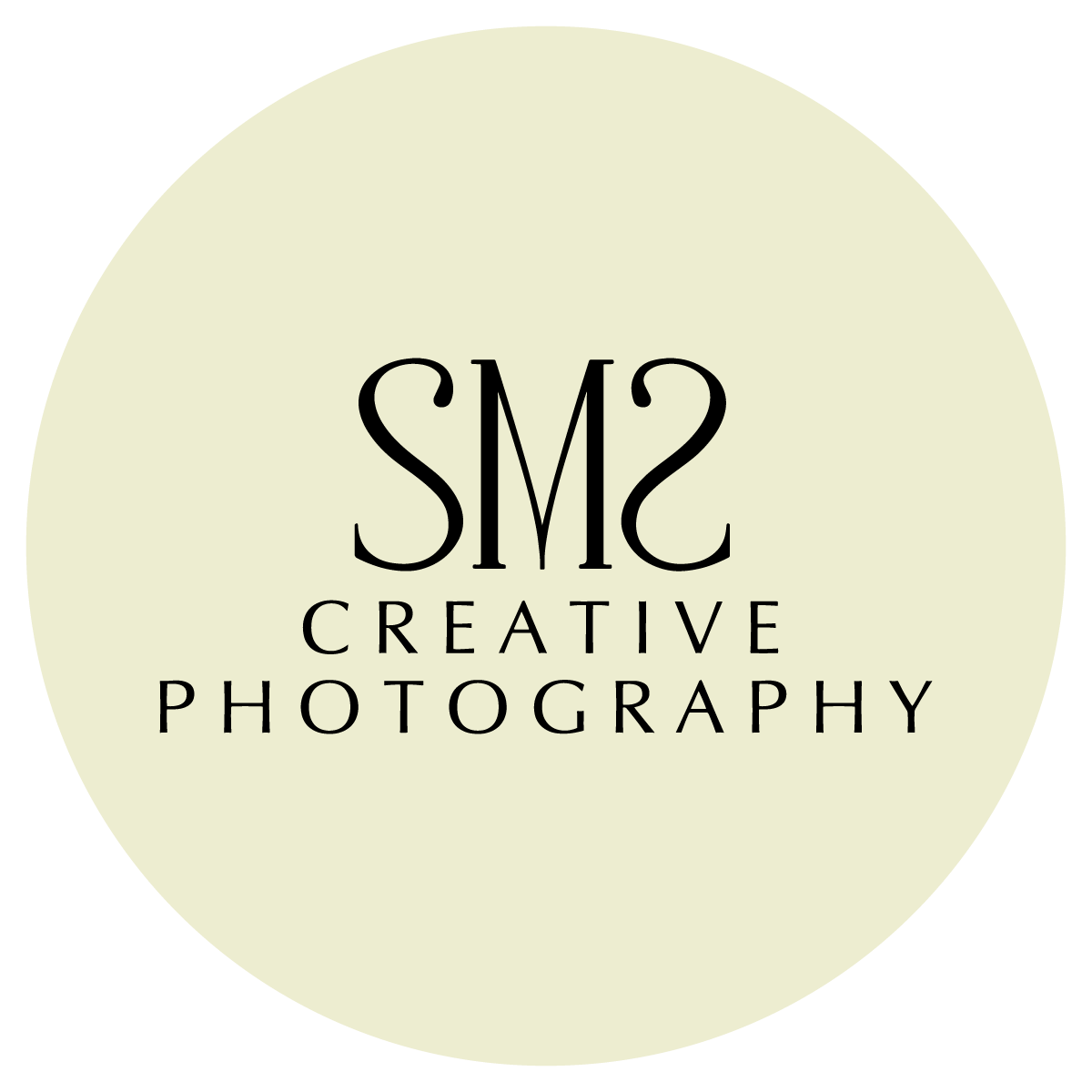Following on from the previous newsletter 'Meeting the Family and Planning the Shoot' we are now exploring Part Three in a series called 'From Camera to Wall', this time it's 'Photographing on Location and Equipment Used'.
Location
I'm choosing to use a recent shoot in a meadow as an example, I always get there about 15 minutes before the shoot is due to start to get a feel for the light, I use a hand held light meter so I can set the camera accordingly. Checking out the angles is a must, I especially like shooting low down, sometimes lying on the ground, so the appropriate footwear and clothing for the weather conditions is a must, I've been caught out a few times by getting this wrong!
Equipment
The next thing to be sure of is your camera equipment, you have to have everything you need within easy access, a variety of pocket sizes are ideal for a lens cloth, back up memory cards and tissues all close to hand. The essentials are fully charged batteries and memory cards of at least 16gb each, I always shoot RAW files with each file size approximately 25mb, compared to Jpegs at 5mb - I'll go into this in more detail in part four.
The cameras, lenses and light meter used on the shoot, the flash is for filling in any harsh shadows.
Using at least two camera bodies, one with a 70-200mm f2.8 lens and one a 24-120mm f1.4 lens so I can shoot fast without having to think about changing lens, which would often mean missing a winning shot.
On this shoot I had a third camera body fitted with a 50mm f1.4 prime lens, I've had this lens for as long as I can remember and it never fails to disappoint, it's manual focus is a little slower than the more up to date auto focus lenses, the results more than make up for this.
I always shoot on manual mode and often a high ISO (sensitivity of digital sensor to light) about 800, so I can use a wide open aperture for shallow depth of field and a fast shutter speed.
I refer to the histogram to check my exposures are correct and adjust the shutter speed accordingly, and don't look at each image once taken as this wastes precious shooting time and interrupts the flow of the shoot. The internal light meter is a valuable tool, you can see this through the viewfinder to monitor exposure.
Using a 70-200mm lens.
Always communicate with your subjects to give them direction and to engage with them to capture candid expressions, these two cuties were a pleasure to work with. I prefer to shoot with the sun behind them, but ideally clouds give a softer light. In harsh sunlight I'd use a little fill in flash to soften the shadows.
Press the shutter when you feel their expressions are the most natural.
Shoot at low levels to include more of the foreground...
...to achieve engaging results.
Taken with the 50mm lens f4 1/1600 200 ISO works for this lens.
Select your focusing point so the rest of the image is out of focus, together with a wide open aperture results in shallow depth of field.
Please join me in two weeks time for Part Four - 'Editing and Post Production' to learn a little more about the process "From Camera to Wall".
Thanks for reading, I hope I've inspired you!
Stella









